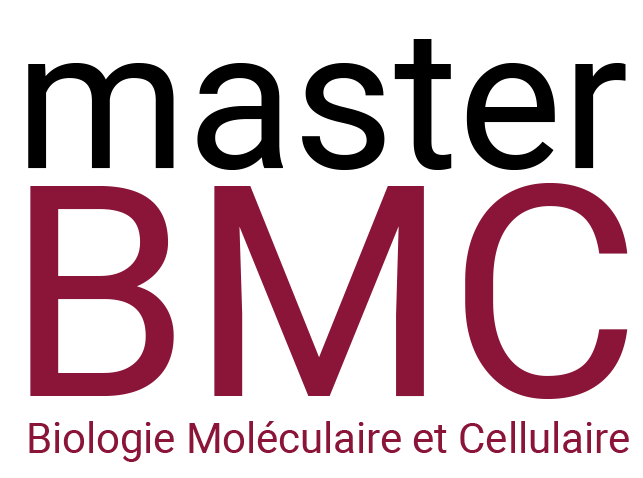Telomere protection and its impact on genome stability
Responsable du Stage : Stéphane MARCAND
Tél : +33 1 46 54 82 22 E-mail: stephane.marcand@cea.fr
: Centre CEA Fontenay-aux-Roses
Résumé du Projet de Stage
Telomeres cap native chromosome ends by preventing them from being recognized and processed as chromosomal break ends. In addition, telomeres length homeostasis avoids the occurrence of excessively short or long telomeres. These ubiquitous core telomere functions are a cornerstone of chromosome stability. Furthermore, in most human somatic tissues, telomeres shorten with age, leading to replicative senescence, a major tumour suppressor mechanism limiting cell division potential but also a contributor to ageing. Failure to cap telomeres results in chromosome fusions whose mitotic instability leads to catastrophic pro-oncogenic mutational processes, namely dicentric chromosome breakage-fusion-bridge cycles and chromothripsis. The rarity of these events is key to genome integrity.
Full telomere protection is the result of a synergy between several co-existing mechanisms that buffer each other. Key molecular mechanisms acted by telomere factors are still poorly understood today. This is problematic since addressing the roles of telomeres in ageing and oncogenesis and future attempts at targeting telomeres in therapeutic approaches must rely on a deeper knowledge of how telomere capping operates at a molecular and mechanistic level. To tackle this central issue of chromosome biology, our laboratory address the individual molecular mechanisms of telomere protection using the experimentally amenable unicellular eukaryote Saccharomyces cerevisiae as a model system. Check our recent papers for an overview of the current context.
The specific goal of this internship will be to unravel the mechanism established by a telomere factor to protect telomeres against NHEJ-mediated fusions. We will do this by (i) dissecting this pathway in isolation from the others and (ii) combining a large set of complementary state-of-the-art in vivo and in vitro approaches, several previously developed in the laboratory. The expected outcome of this work is to improve our knowledge of telomeres and of DNA repair mechanisms. As in the past, the gain of knowledge acquired with the yeast system will have general significance and will open the path for equivalent findings in other model systems and species. Please contact us for more information.
Publications de l’équipe relatives au projet de stage
- Guerin T. M., C. Beneut, … and S. Marcand (2019) Condensin-Mediated Chromosome Folding And Internal Telomeres Drive Dicentric Severing By Cytokinesis. Molecular Cell 75:131-144. https://www.cell.com/molecular-cell/fulltext/S1097-2765(19)30393-4
- Roisné-Hamelin F., Pobiega S., … and S. Marcand (2021) Mechanism of Rad50 Inhibition by Rif2 at Telomeres. Nature Communications 12:2763. https://www.nature.com/articles/s41467-021-23035-w
- Pobiega S., Alibert O. and S. Marcand (2021) A New Assay Capturing Chromosome Fusions Shows a Protection Trade-off at Telomeres and NHEJ Vulnerability to Low Density Ionising Radiation. Nucleic Acids Research, in press.
Ce projet s’inscrit-il dans la perspective d’une thèse :
oui X
ED d’appartenance : Paris-Saclay SDSV
FicheaccueilM2-BMC-2021-2022_MARCAND (1)
Equipe d’Accueil : DNA Repair and Chromosome Stability Team
Intitulé de l’Unité : UMR Stabilité Génétique, Cellules Souches et Radiations
Nom du Responsable de l’Unité : François Boussin
Nom du Responsable de l’Équipe : Stéphane MARCAND
Centre CEA Fontenay-aux-Roses (location: 48.793870, 2.275389)

